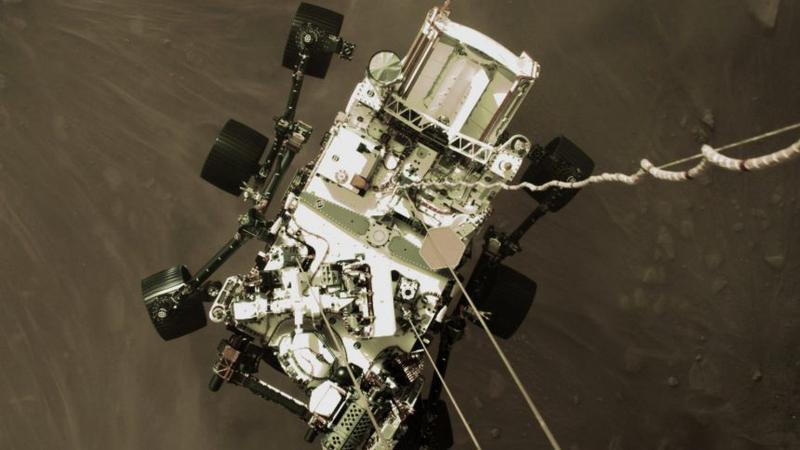
Written in the stars: Sask. man’s journey from Canora to Mars
As a kid, Tim Haltigin quickly became familiar with stars in the night sky.
They illuminated the farm near Canora where he grew up. His curiosity was as constant as the constellations that kept him company.
“I would look up and just wonder what was out there and how can we explore it,” said Haltigin. “To think that here we are potentially picking one of those dots and bringing a piece of it back to Earth is really incredible.”
Those early days in rural Saskatchewan planted a celestial seed that eventually grew into a career for Haltigin at the Canadian Space Agency (CSA), which landed him an important role in NASA’s Perseverance Mars Rover mission.


